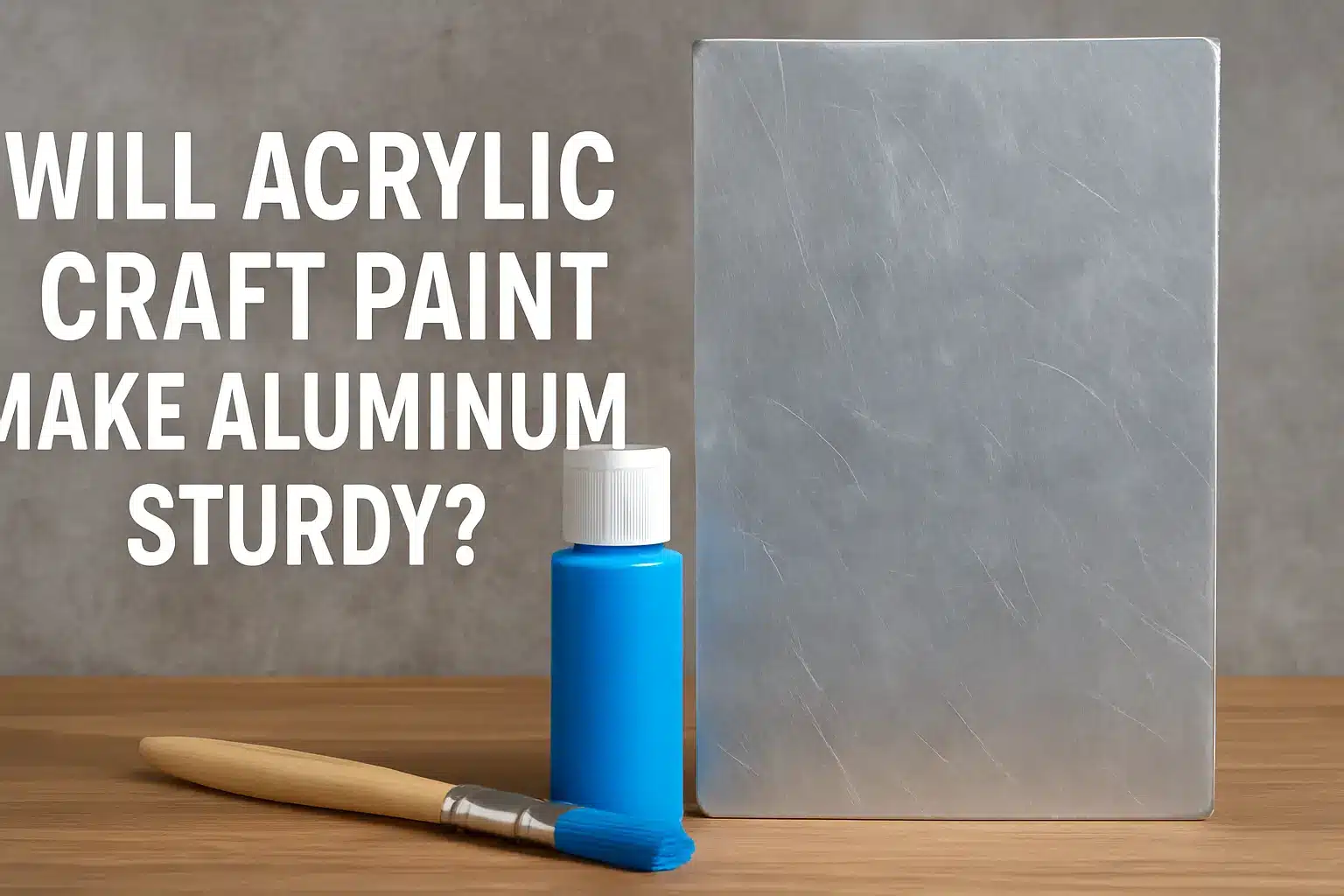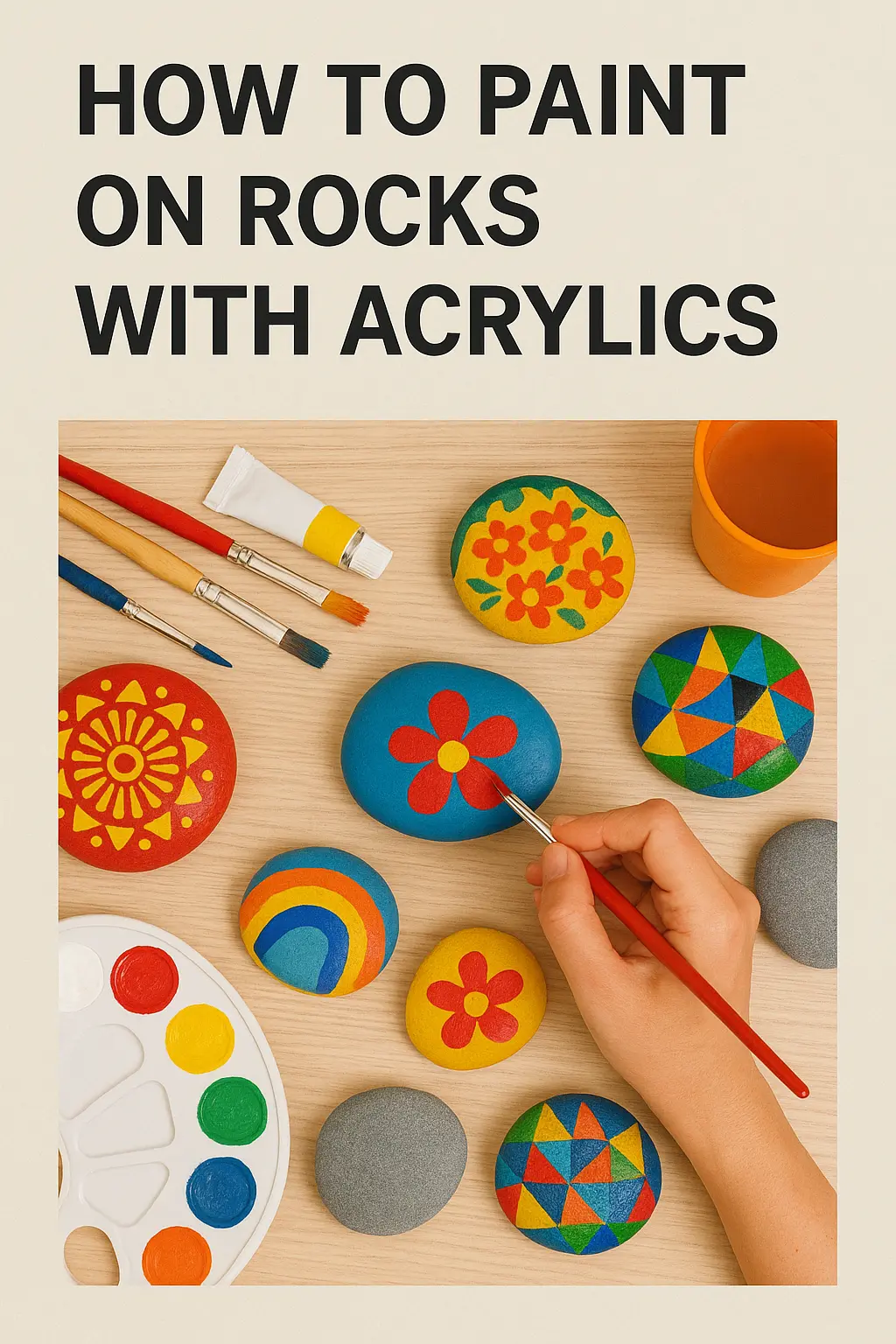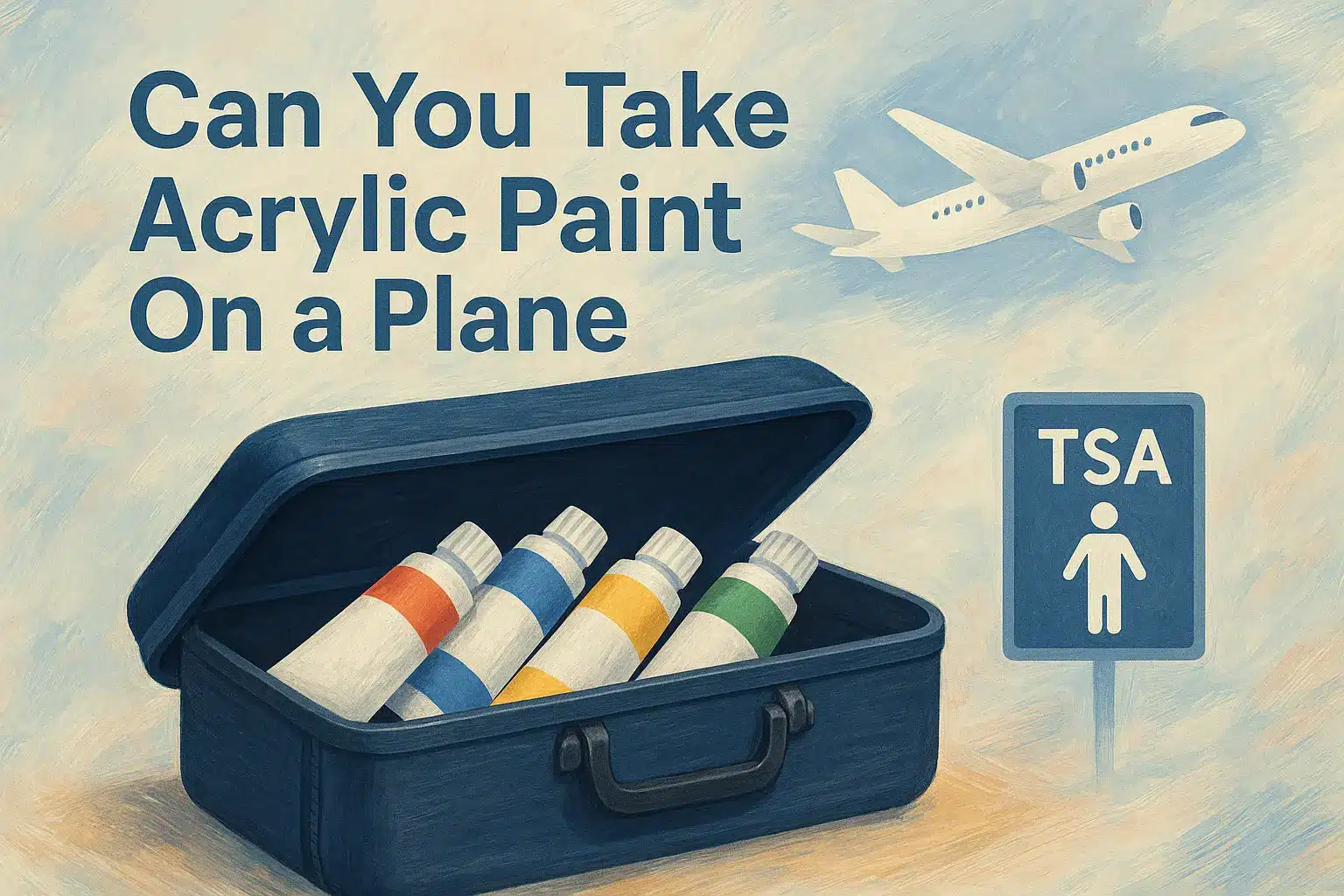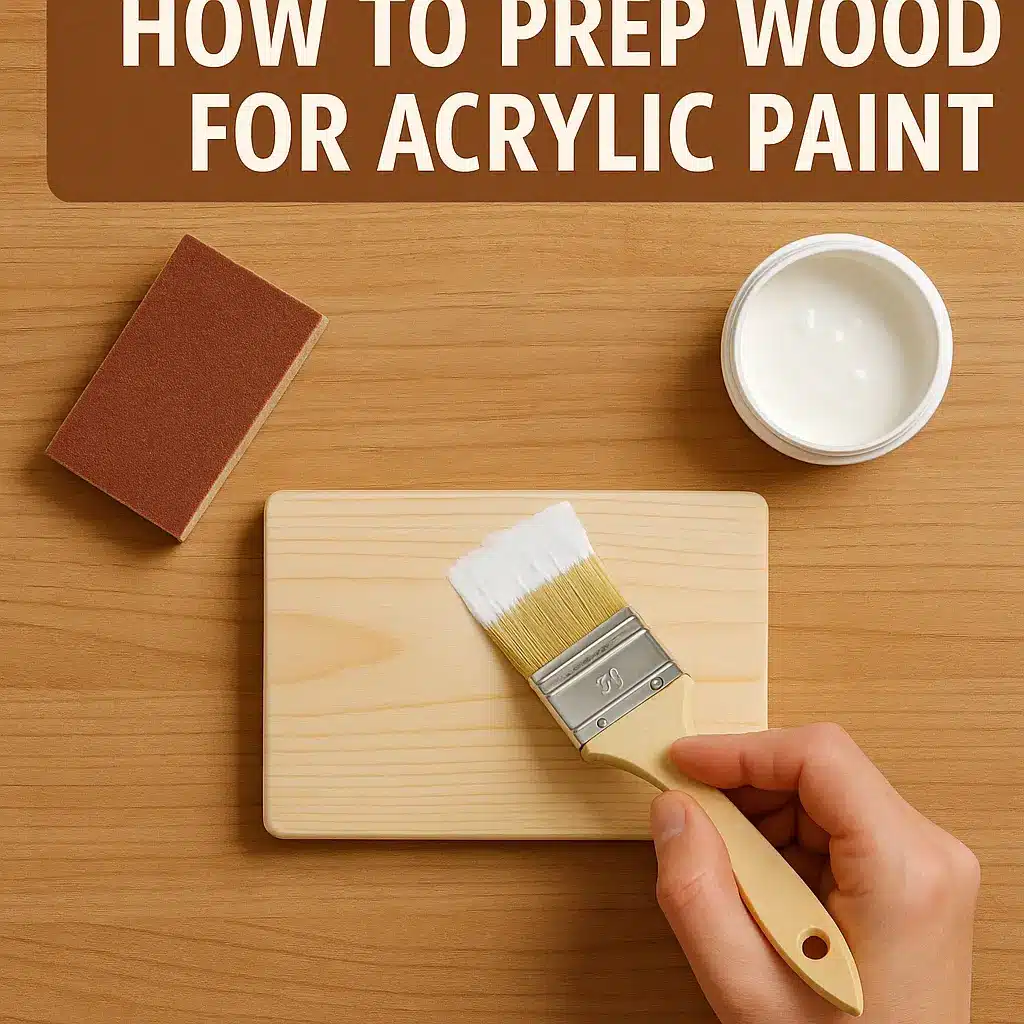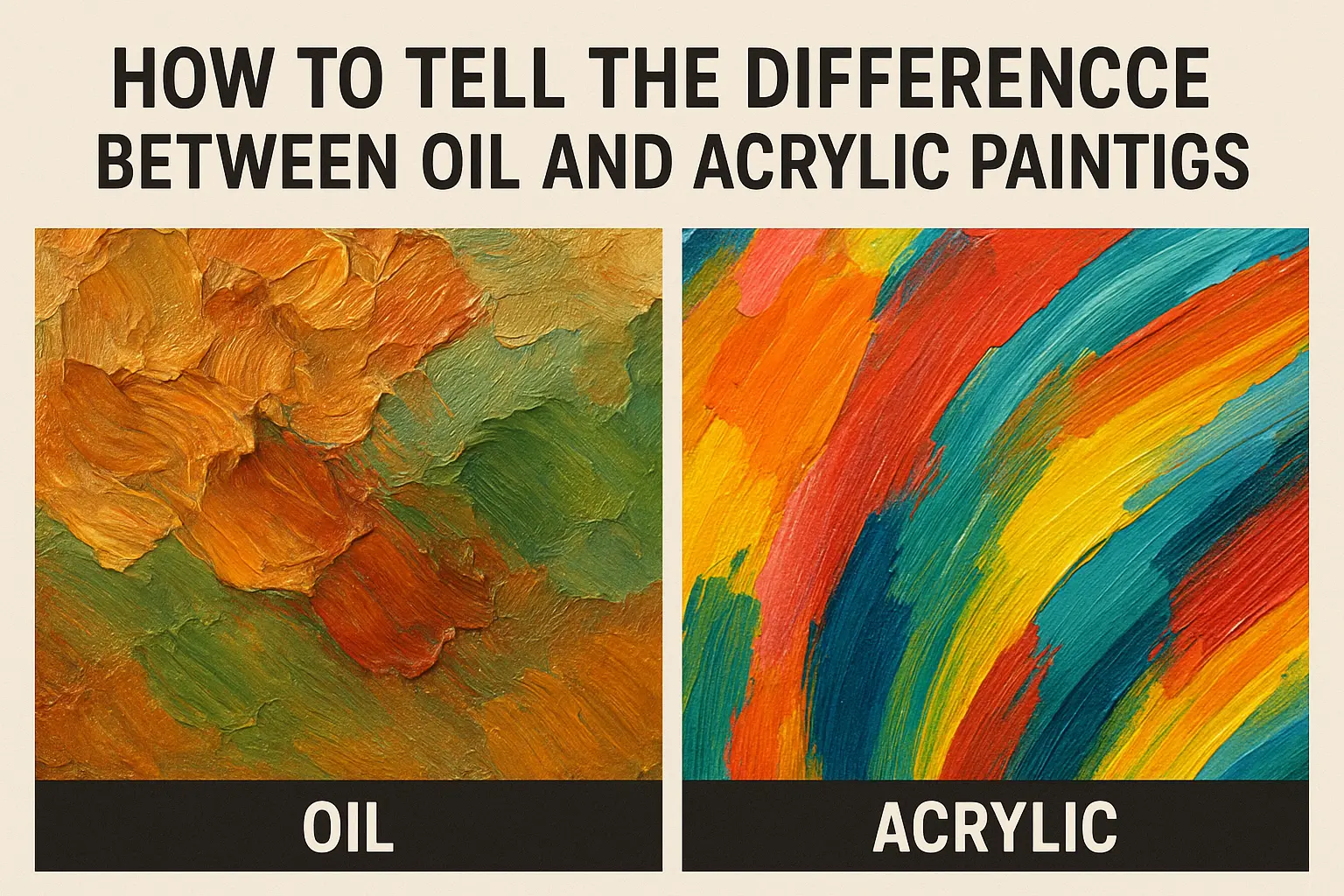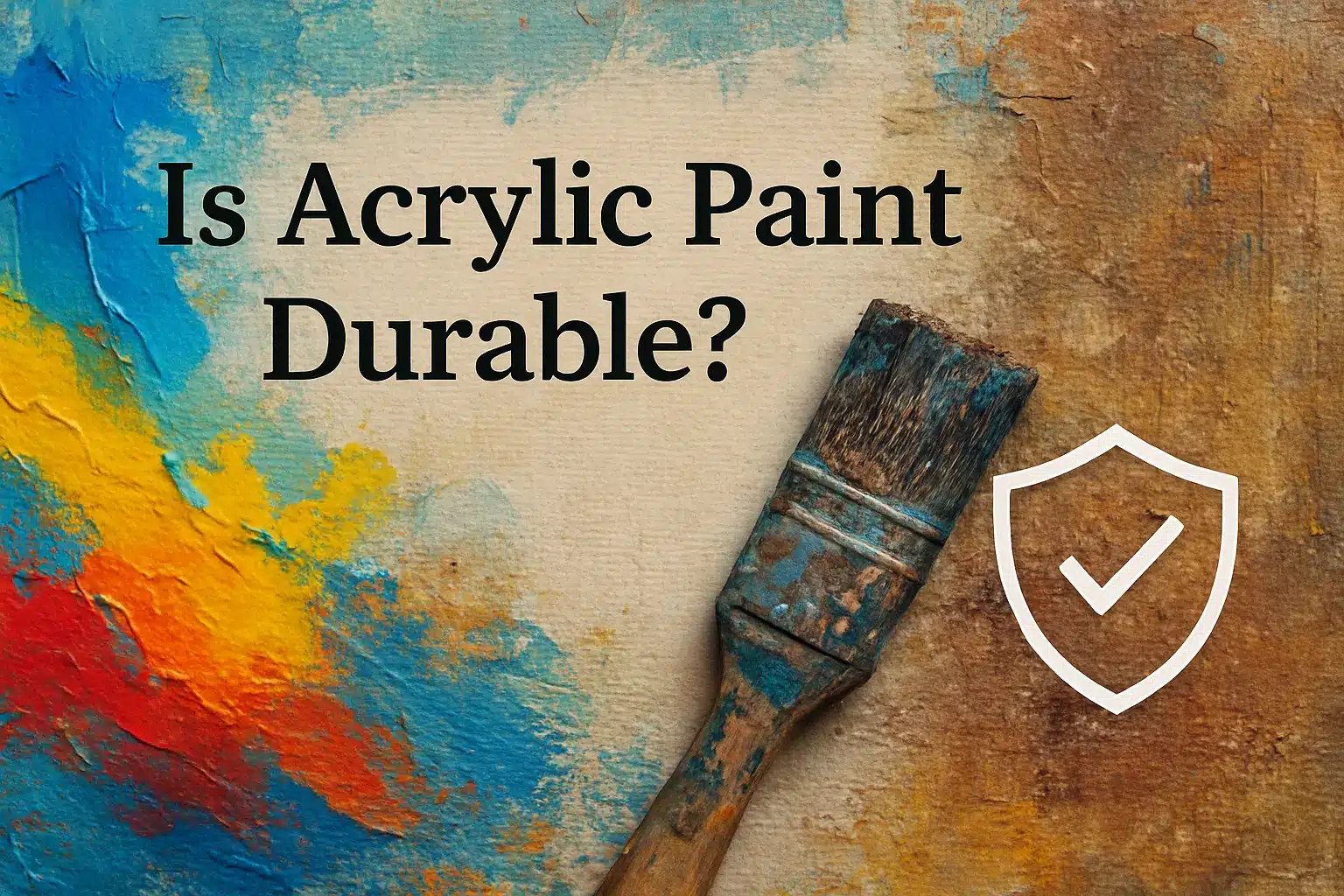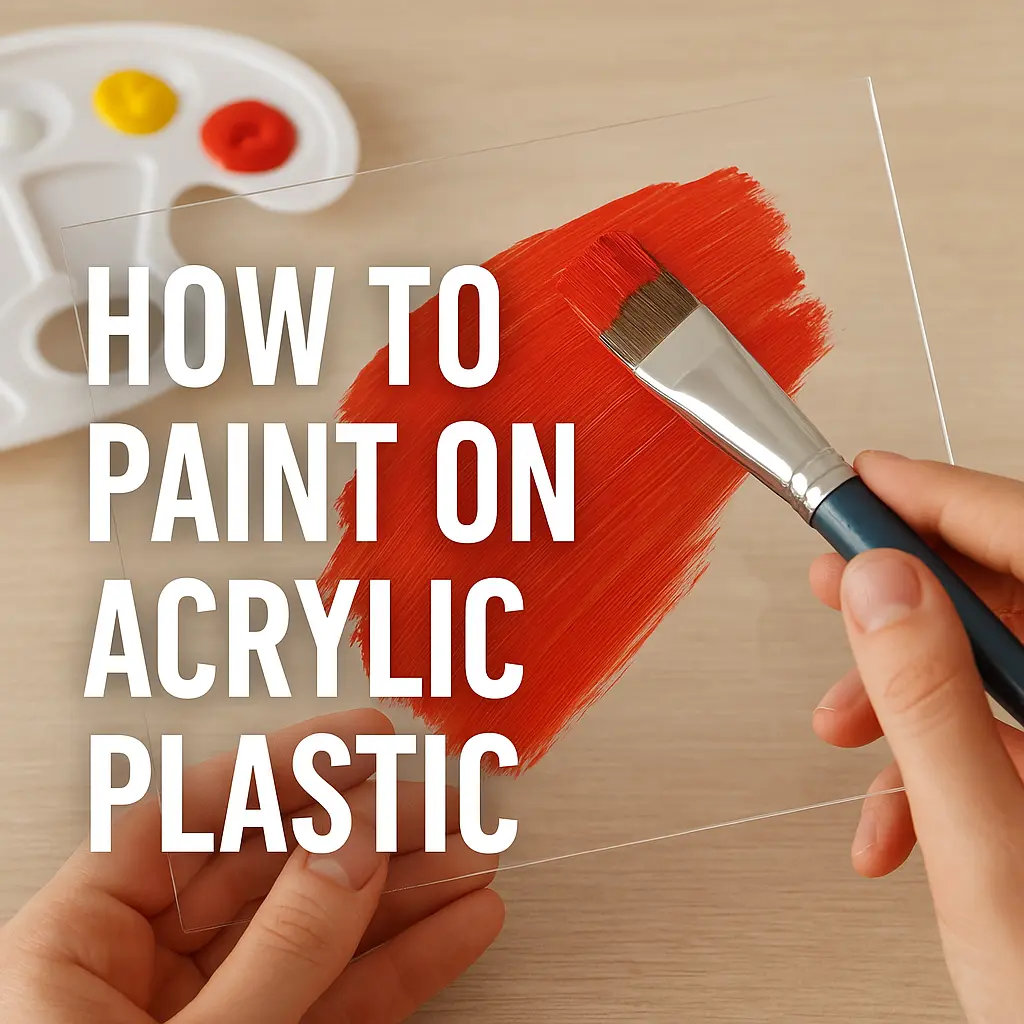Is Acrylic Paint Safe to Use on Skin? The basis for acrylic paint water inspires many people to believe that it is harmless. But safety is not so right. Skin protection is a concern for acrylic paint as its pigments and additives can be toxic. Connection in delicate areas can cause irritation, allergies, or hole obstacles. The challenge increases when you try to remove it, as scrubbing is often safe for the skin. Parents worry.
Children’s crafts look fun, but acrylic paint can damage their delicate skin. A big question is the myth that the non-toxic label means safe for body use. In fact, these labels are only used on materials such as paper or canvas. Long-lasting contact can also cause dryness, cracks, and long-lasting sensitivity. In this article, we will clarify why acrylic paint is not safe for professional face and body art.
1. Understanding What Acrylic Paint Is
Artists often choose acrylic paint. It offers bright colors, dries quickly, and is flexible. Besides the art studio, it’s also common in classes and home decoration projects. But the safety of the skin is not guaranteed to be water-based and marketed as non-toxic. To see the whole picture, let’s see what it is. We’ll also clarify the true meaning of “non-toxic.”
Ingredients and Chemicals in Acrylic Paint
Each pipe with acrylic paint has three basic components: pigments, binders, and water. The pigment makes rich, lively colors. Acrylic paint can contain risky pigments. Some may have toxins like cadmium or heavy metals. The binding agent usually uses an acrylic polymer emulsion. It coats surfaces once the paint has dried. You can thin acrylic with water while it is wet, and it is water-based. However, it becomes tough to remove once it has dried.
The extra chemicals added to make the paint for a long time are a concern. Acrylic paint is not always adapted to the skin. Some formulas may contain ammonia or formaldehyde, which are known. Sensitive skin can react with irritation such as itching, redness, dermatitis, or allergies. Extended contact makes irritation worse. That’s why manufacturers use acrylic for surfaces like canvas and wood, not for body art or face paint.
Why “Non-Toxic” Doesn’t Mean Skin-Safe
A great myth claims that if something is marked as non-toxic, it should be safe to use on the skin. “Non-toxic” acrylic paint works well on traditional surfaces like canvas, paper, and wood. But this label does not guarantee skin protection.
Using acrylic paint on the skin is uncertain. It can cause redness, closed holes, or even permanent scars that are difficult to overcome. To use alcohol or a vigorous scrub to remove it only causes more damage. Due to the chemical content, acrylic paint is not skin-safe.
In short, while acrylic art is perfect for projects, it is not safe for the skin. For festivals, use Halloween, or your first body painting job, skin-proof face or body paint. It should be hypoallergenic, washable, and easy to clean with soap and water. These products are safe for use. Unlike acrylics, which aren’t meant for face and body applications.
2. Risks of Applying Acrylic Paint to Skin
Acrylic paint first looks safe. Water-based and labeled as non-toxic, acrylic paint may seem safe. However, it is not skin-proof. By using acrylic paint on your body, you can highlight chemicals that are not for the skin. This risk can affect adults and children. It’s worse if the paint stays on the skin for a long time.
Toxicity Concerns and Chemical Exposure
Many people don’t know that acrylics may have harmful chemicals. These include formaldehyde and ammonia. They also include cadmium and heavy metals. These chemicals help the paint last longer on canvas. However, they can disrupt or damage human skin. Dust in the dust with dried paint can damage the lungs. This is worse in areas with low airflow. Experts say acrylics are great for art projects. These paints, makeup, body painting, or any kind of body art should not be used.
Skin irritation, rashes, and allergic reactions.
A big issue is skin sensitivity when using acrylic on the face or hands. Horoscope: Direct contact with acrylic paint can cause pore blocking and dryness. Sensitive users are more prone to itching, redness, dermatitis, or allergic reactions. Safe options are body and face painting. However, these products may not suit everyone.
Difficulties in removal and damage to the skin.
Another risk is how difficult it is to remove acrylic after the paint dries. Unlike washing paints, acrylic becomes hard in a plastic-like layer. To get acrylic paint off the skin, you usually have to scrub. Some people use strong cleaners, such as rubbing alcohol. It can reduce the possibility of dry, cracked, and long-term damage to the skin. Acrylic is difficult to remove. They aren’t safe for every skin type. In contrast, face paint and body paint wash off easily with soap and water.
Risks for Children’s Sensitive Skin
The dangers grow even bigger when kids are involved. Parents might want to use acrylics for fun designs at parties or school events. However, these paints are not safe for the skin. Children’s skin is thin and more sensitive. Acrylic paint can trigger chemical irritation and toxic reactions. Although the non-wheel is marked, it is not for use on the skin. For child crafts, safe alternatives include Crayola or other child-friendly paints. You can also try professional face painting or body paint that is safe for the skin. These are considered safe and recommended for use instead of acrylics.
3. Common Misconceptions About Acrylic Paint
Acrylic paint is mostly safe from water-based materials and non-specific labels. But safety in art materials does not mean protection for the skin. Although acrylic paint can go on the skin, it can cause a response of irritation or allergies. Let’s clean up the two biggest myths.
The Myth of “Non-Toxic” Acrylics
Skin-proof perception is a misconception with regard to non-types of paint. With acrylic, “non-toxic” means it is harmless when used on surfaces such as canvas, wood, or paper. It ensures safety only when used properly for artistic purposes. But this does not mean that it is safe for your skin.
While it is on surfaces like acrylic canvas, it is unsafe to use on the skin. Chemicals like cadmium, ammonia, and formaldehyde can harm the skin. They may also cause dermatitis. For this reason, acrylic paint should not be used on the body. It may dry in a short time and look vibrant, but that doesn’t change its risks.
Differences between acrylic paint and cosmetic body paint.
Another big misconception is that acrylics are the same as cosmetic products. Real face and body paints are made to be safe for use on different skin types. They are usually hypoallergenic, washable, and easy to remove with water and soap. A makeup artist or anyone in body painting should avoid acrylics. They aren’t made for skin use.
Cosmetic paint differs from acrylic. No formaldehyde, rigid binders, or heavy chemicals are included. Each product is carefully tested to ensure its safety for both the application and the body. For fun painting, like full face designs or festival looks, use safe, pro face or body paint. These products are safe, easy to clean, and a better alternative to using acrylic paint.
4. Short-Term vs. Long-Term Effects on Skin
Removal difficulties and skin damage.
Acrylic paint is not safe for skin use. When it dries, it forms a tight plastic film. Acrylic paint is different from cosmetic paints. It can be hard to use and dries quickly. Many people use strict methods. They try acetone, nail polish remover, or rubbing alcohol. They can loosen the paint. These methods can pull essential oils from the skin. They weaken protection and may irritate. The word ‘non-toxic’ means art materials such as paper or canvas, not for body use. The process of removing acrylic paint can be stiff on the skin compared to other paints.
Risks of prolonged exposure
Short-term contact can cause less redness. Frequent or long-term contact with acrylic raises the risk of serious issues. Toxic chemicals in the binders and pigments can leak through the pores. This can cause allergic reactions over time or increase sensitivity. The acrylic lacks dermatological tests as opposed to cosmetic paint. So, there is a lack of safety approval for skin use. Continuous application can cause persistent rashes, flaking, or eczema conditions. Children’s skin is weak. It is thin and sensitive. Acrylic paint can initially look harmless, but long-term risk can be significant. It requires more risk than paint designed for skin use.
5. Safe Alternatives for Skin Painting
FDA-approved face paints
Choose FDA-innovative face painting for lively colors. They are soft on your skin and will not cause allergies. These products are safe for the skin. They undergo special tests, unlike non-axle paint for canvas or paper. Cosmetic paint washes off easily with soap and water. You don’t need harsh removers like acetone or alcohol. Their carefully selected pigments and binders adhere to strict healthcare regulations. This makes them gentle on the skin and safe from permanent damage. For festivals, clothing parties, or children’s programs, FDA-approved paints are safe for everyone.
Professional body paints and kid-safe options.
For full-coverage designs or art projects, professional body paint is a safe and effective choice. These manufacturers produce paints designed for long-lasting wear. They stay breathable and are gentle on the skin. They offer a smooth finish similar to acrylic, but without the risk of toxic chemicals. Kid-sow paint is available to young users. They reduce the possibility of skin irritation or allergic reactions. They can often wash with water. This makes them good for children’s activities, such as school events or parties. It is safe to use cosmetic or body paint instead of acrylic. This cleanliness also makes it easier and gives you security.
Conclusions
Acrylic paint looks great on canvas and wood. It’s perfect for yoga-inspired art. However, it can harm the skin. This is due to irritation, allergic reactions, and its tough removal. Labels like ‘non-toxic’ do not make it skin-proof. Children are especially weak because of their sensitive skin. Use only certified face paint, body paint, or products meant for young children. They provide bright colors without harming the skin. Using skin-proof products helps protect your skin and boosts your creativity over time. Finally, when it comes to painting on the body, stick to the paints made for people—not for paper.
Frequently Ask Question
1. Is it okay to use acrylic paint on skin?
It is not recommended to use acrylic paint on the skin. It is uncertain to use direct acrylic paint on your skin. This is perfect for creative projects, but not for the skin. Application of it can cause itching, dryness, or an allergic reaction.
2. What kind of paint is safe for skin?
The paint designed for use on the skin is only considered safe. These include FDA-approved face painting, professional body painting, and hypoallergenic makeup products. Such paints are not toxic, washable, and easy to remove with water and soap.
3. Can I put acrylic paint on my lips?
Never use acrylic paint on the lips. Prepared with chemical pigments for art – not for the body – this paint can be toxic if swallowed or absorbed. This can cause irritation, dryness, or discomfort in delicate areas such as the lips.
4. What are the side effects of acrylic paint?
Acrylic paint is not soft on the skin – it can cause itching, dryness, and redness. Long-lasting or repeated use can cause allergies or chemical irritation. Using smoke or using it without good ventilation can cause mild breathing problems.


